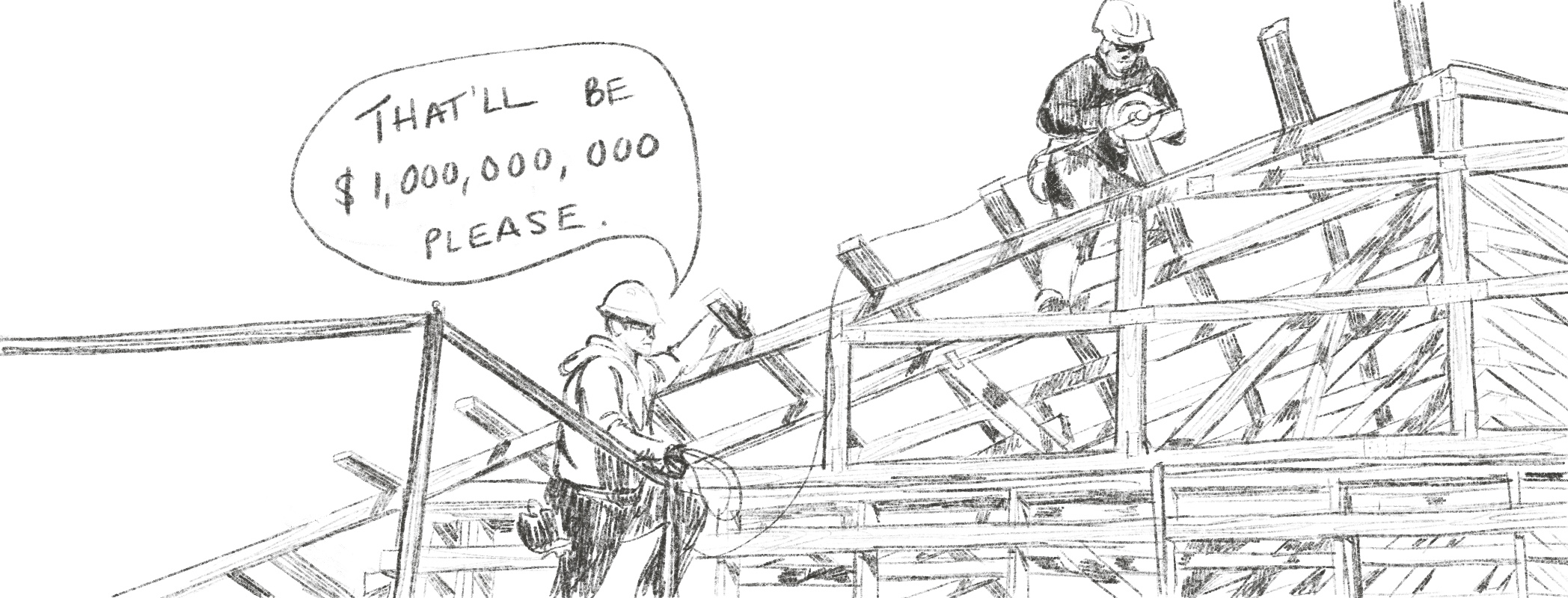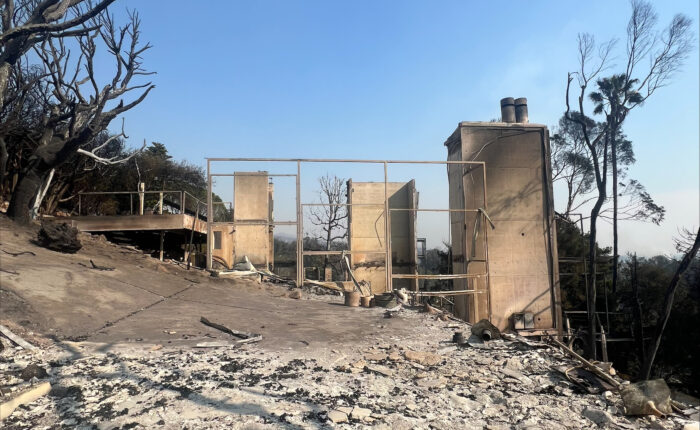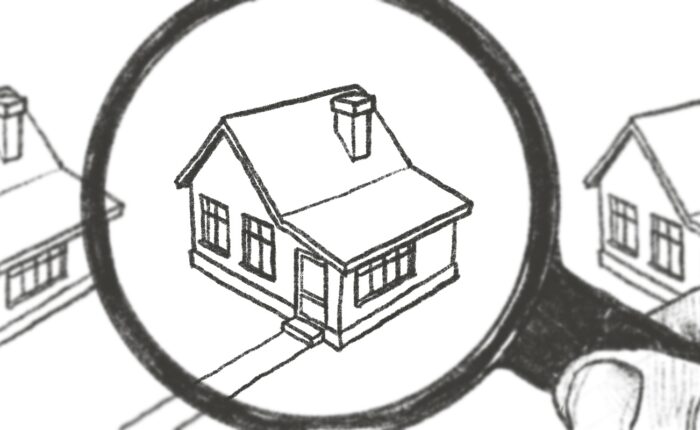Welcome back to our informal discussion about rising housing costs in Los Angeles. If you missed it, make sure you check out Part 1. If you’re back for Part 2, thank you for being here! I promise this one is shorter than the last. If you remember, we’ve been looking in depth at two critical factors:
- 1.0 Low Supply of Housing
- 2.0 Rising Construction Costs
- 3.0 What are our options moving forward?
Since we’ve already talked about the low supply of housing and contributors to that in Part 1, we’ll move on to the impact of rising construction costs.
2.0 Rising Construction Costs
When discussing our topic, Why is Housing in Los Angeles So Expensive?, it’s difficult to ignore the other elephant in the room: construction costs. You could almost argue that high construction costs also contribute to a low supply of housing, but since construction prices have changed drastically due to recent events, this piece of the puzzle deserves its own spotlight.
Aside from the cost of land, three factors determine developers’ costs to build housing: labor, materials, and government fees. According to the 2015 Legislative Analyst’s Office report, all three of these components are higher in California than they are in the rest of the country. A few factors contribute to this:
- California’s building codes and standards are considered more comprehensive and prescriptive, typically requiring higher quality building materials to meet energy standards
- Development fees levied against builders are higher in California than the rest of the country, which can be so burdensome they hinder housing construction
In 2019, we wrote a blog that tackled The Real Cost of Building, and outlined a few of the reasons why construction keeps getting more expensive. We’ll keep this section short and focus on two recent events that have affected construction costs: the 2008 recession and the COVID-19 pandemic.
The 2008 Recession: The construction industry was hit hard in 2008, with housing being built at record lows. Housing prices were falling and lenders off-loaded foreclosed properties at deep discounts, meaning few wanted to pay “retail” for a new home, so builders put the brakes on new construction.
According to figures from the California Employment Development Department, there were 67,700 jobs lost in residential and commercial construction statewide in 2009—totaling 32% of the total jobs lost in that period.
By the time the construction industry recovered, many skilled laborers had moved on to other careers thereby leaving a gap of tradespeople that has yet to be filled even today. The skilled labor shortage is just another piece in the growing puzzle of rising construction costs.
COVID-19 Pandemic: While the 2008 recession mostly affected labor shortages, the recent pandemic has affected, and continues to affect, the cost and supply of building materials. The construction industry was labeled “essential,” but the manufacturing businesses were considered “non-essential,” thereby causing demand to outpace supply.
Fluctuation in material prices have existed before the pandemic, but the pandemic made them more volatile. According to the Joint Center for Housing Studies (JCHS) of Harvard University, the price of structural steel more than doubled since the start of the pandemic. And then there’s lumber which, we all remember, hit an all-time high—up 323%.
As of 2023, prices for diesel fuel, lumber, and steel cooled inflation for materials and services used in construction. However, relief may be short-lived, according to an analysis of government data by the Associated General Contractors of America. Association officials noted that contractors listed material costs as one of their top concerns moving forward in a survey, noting “Contractors are optimistic about the construction outlook for 2023…but will continue to be confronted by many challenges in 2022, including the impacts of supply chain problems and labor shortages.”
3.0 Conclusion: What are our options moving forward?
With all that said, the state is working hard to remedy many of the issues mentioned. Shortly after this blog, we will be releasing another that condenses some of the senate and assembly bills that affect housing, and which will act as a guide to summarize everything we’ve learned so far. Keep an eye out for out next newsletter! 😊
There are a few housing solutions moving forward, varying from targeting commercial corridors, implementing vacancy taxes, and streamlining ADUs. While you’re here, we want to discuss a few:
- Assembly Bill 2011 – AB 2011 is going into effect on July 1 of this year, and prominent urban planners, such as Peter Calthorpe, believe the bill represents a systemic solution to the housing crisis. Calthorpe is looking at underutilized commercial land. He began with a feasibility study that looked at a 43-mile stretch of road in Silicon Valley and identified 250,000 potential units of infill housing.
![]()
Above: Calthorpe identified 250,000 potential units of infill housing in this 43-mile stretch
- Livable Communities Initiative – LCI is based in Los Angeles and is composed of a group of urbanists, architects, and activists, who want to address our housing crisis by building housing for all Angelenos in safe, sustainable communities. Taking advantage of AB 2011, the members are proposing to focus on “building up” in commercial corridors. Their plan is to make it easier for commercial property owners to build affordable and moderate-income housing above their businesses, while prioritizing bike lanes, public transport and pedestrian safety at the street level. The goal with these corridors is to create more units that are walkable, and essentially create a 15-minute city.
How do they plan to achieve this? It starts with policy and regulation changes:
- Amend or eliminate parking requirements for this type of development
- Rezone to make projects “by right”
- Inclusionary zoning of a minimum of 15% of units deed-restricted affordable

Above: Livable Communities Initiative Case study in Westwood, showing before and after
- Vacancy Tax – The Los Angeles City Council has considered a vacancy tax a few times, intending to reduce the number of vacant residential units. This solution is a hot button topic with newly-constructed market-rate units cast as the villains in this debate. According to a 2020 study by Shane Phillips at the UCLA Lewis Center, Los Angeles vacancy rates rank among the lowest in the nation, and concludes that vacancy taxes may achieve modest results. In 2019, you probably read a report that found “LA Has More Vacant Homes Than Homeless People,” but you probably didn’t hear that the author ended up pulling the report because their data was insufficient. This article takes an in-depth look at vacancy rates in LA.
- Streamlining ADUs – Recent laws have made it easier and less expensive for homeowners to build accessory dwelling units (ADUs) as a way to tackle the single-family zoning problem, and we’re starting to see the impact. In five years, new ADU permits grew from 2,100 in 2016 to 21,000 in 2021, according to UC Berkeley’s Terner Center for Housing Innovation. The backyard units also represent about one-fifth of all new building permits issued in the state. However, it’s important to note that ADUs alone will not solve the housing crisis.
Sen. Scott Weiner (D-San Francisco) said recently, “We’ve passed some very impactful bills that are making a difference, but it’s not fast enough and there’s still work to be done.” So true Scott. Only time will tell how the new bills will affect the housing shortage. When all is said and done, we write these blogs so we can be better informed ourselves, and to hopefully make sense of confusing policy jargon for people who don’t necessarily work in the housing industry.
Wondering what affordable housing options may be best suited for your property?
Tracy A. Stone Architect has experience with a variety of affordable housing projects and can provide a feasibility study to evaluate the best development options for your lot(s). Contact us here for more information.
Be sure to check out some of our previous blogs on housing in Los Angeles:



